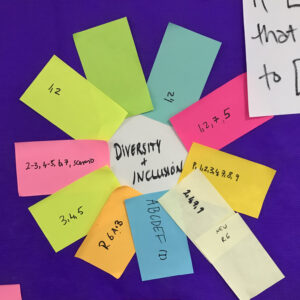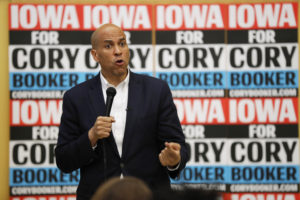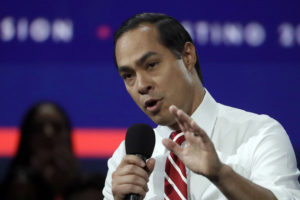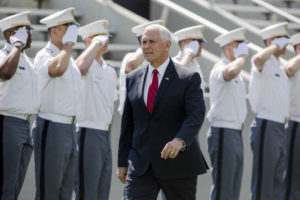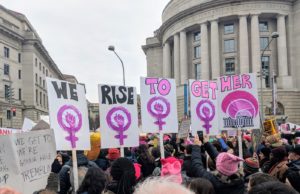What Are College Students Across the U.S. Protesting? (Video)
Student protests erupting across the nation have exposed a deep undercurrent of dissatisfaction driven by race and class. A University of California professor explains the race end of the equation.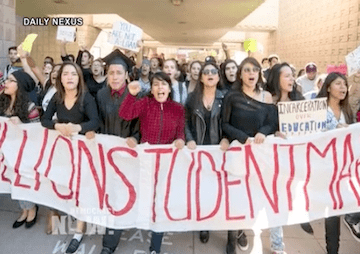
In the video above, Ithaca College politics professor Peyi Soyinka-Airewele and the student body president, Dominick Recckio, speak with “Democracy Now!” about the protests erupting at Ithaca College.
Demonstrations at the New York campus and across the nation have exposed a deep undercurrent of dissatisfaction driven by race and class. A University of California professor explains the race end of the equation.
The Guardian reports:
It is true that much has changed since segregationist governor George Wallace blocked the entrance to the University of Alabama to prevent two black students enrolling in 1963. Government figures show the proportion of black 18- to 24-year-olds enrolled in degree-granting institutions rose from 13% in 1967 to 34.2% in 2013.
However, getting a foot in the door is just the beginning. Once at university, many African-American students complain of an environment where they feel unsupported, isolated and alienated by a largely white educational system. Of all full-time faculty staff in 2013, 79% were white, 6% black, 5% Hispanic and 10% Asian/Pacific Islander. …
Halifu Osumare, professor of African-American & African studies at the University of California, Davis, where students held a rally in support of their counterparts in Missouri, said: “Most universities have lip service to diversity, but they haven’t put any teeth into it. They need to diversify the administration, diversify the faculty.
“Many students feel unwelcome. There’s no infrastructure in place to make them feel included. If they’re failing in their freshman year, what can be done about that? People do not treat them in a welcoming way, so they get psychologically depressed from the beginning because they don’t feel they’re supposed to be here.”
Protesters have focused on universities’ inadequate responses to racist incidents in recent months. At Yale University, protests erupted after an email warning about racially insensitive Halloween costumes prompted a professor to complain that campuses were becoming “places of censure and prohibition”. At University of California, Los Angeles, some students stormed the chancellor’s office after some students wore blackface to a Kanye West-themed party thrown by a fraternity and a sorority. At the University of Mississippi, a former student hung a noose around a statue of its first black student and was jailed for six months. At the University of Oklahoma, a video showing fraternity members singing a racist song on a bus went viral.
Osumare added: “When these racist incidents happened on campus, the mechanisms to deal with it were not in place. There haven’t been enough mechanisms put in place by these institutions not to tolerate these incidents and a dragging of feet when they do. I think it’s a systemic issue of not putting infrastructure in place to ensure dealing with overt racism and to create a climate of inclusion.”
The events of this week represent an “outgrowth” from the Black Lives Matter social justice movement, Osumare believes. “The millennial generation is now finding its voice in terms of the growing issue of racism in America. I think we’re going to see a new student movement. There’s been a history of student activism around civil rights and those issues have not gone away.”
Read more here.
— Posted by Alexander Reed Kelly.
Your support matters…Independent journalism is under threat and overshadowed by heavily funded mainstream media.
You can help level the playing field. Become a member.
Your tax-deductible contribution keeps us digging beneath the headlines to give you thought-provoking, investigative reporting and analysis that unearths what's really happening- without compromise.
Give today to support our courageous, independent journalists.
